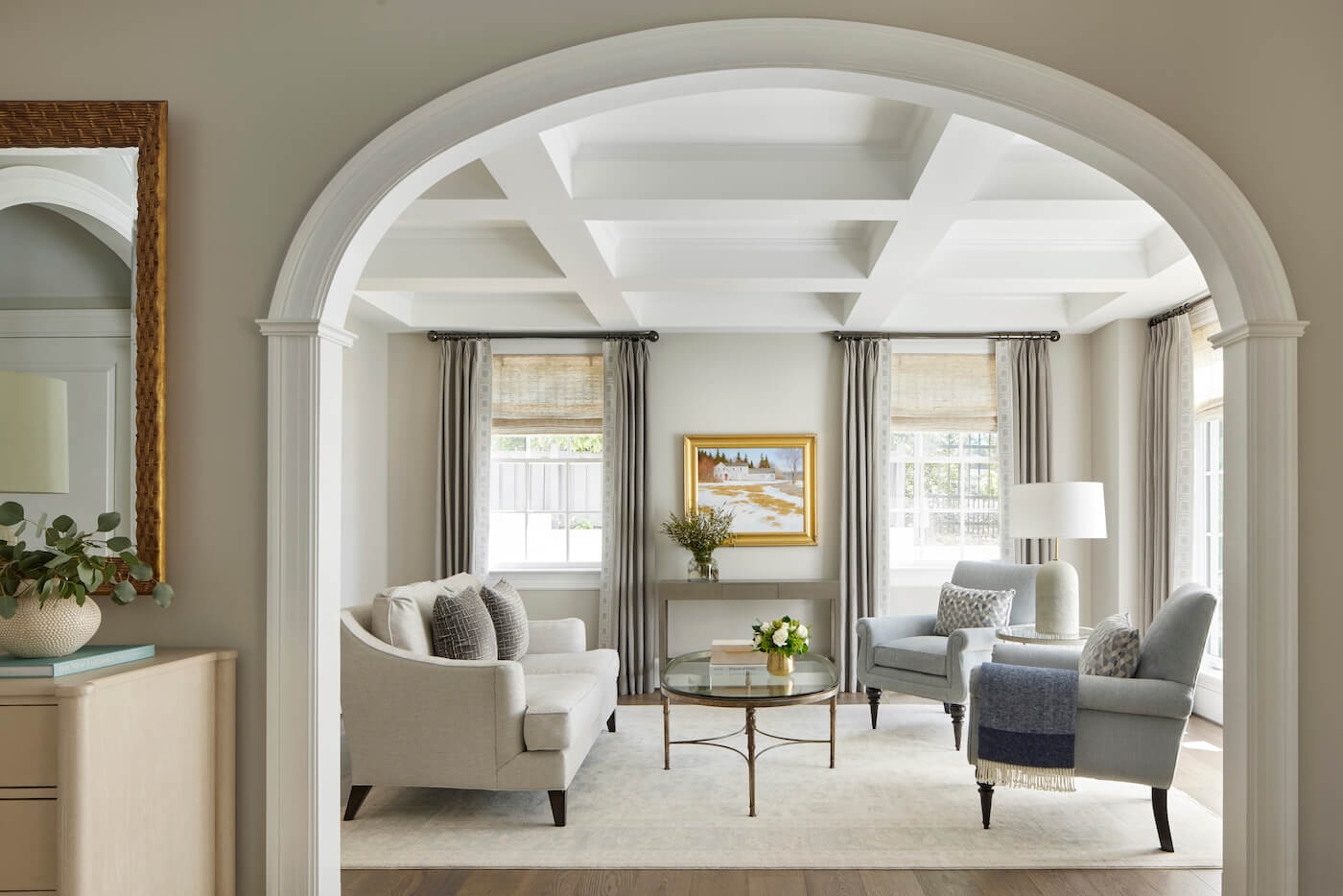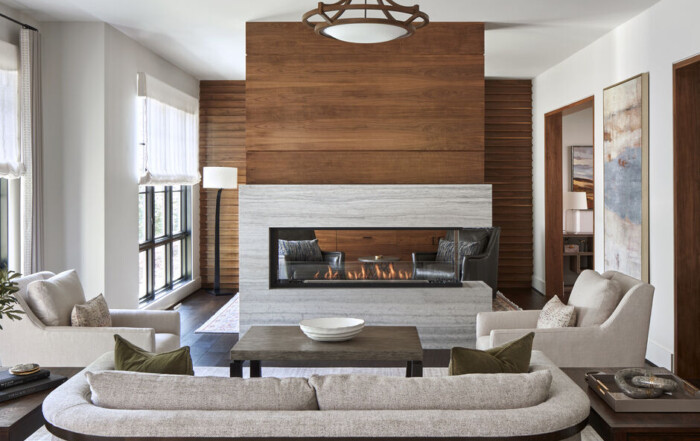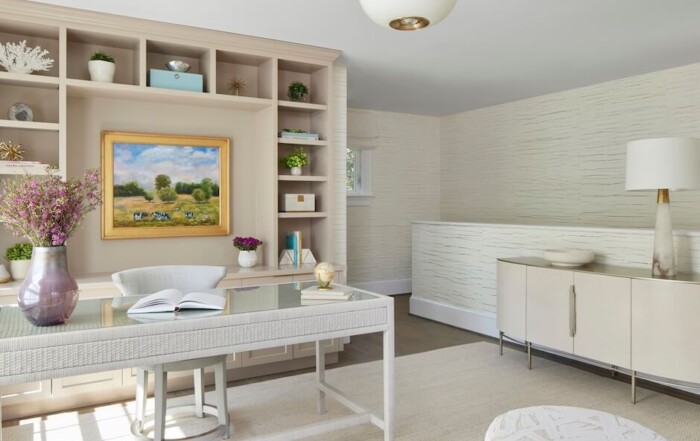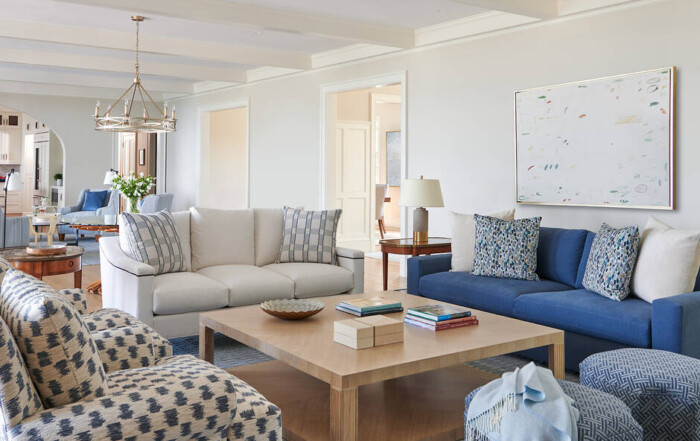TMD Inspiration
Mastering the Basic Principles of Interior Design for a Beautiful Home
Categories
Recent Articles
GET IN TOUCH
On social
By phone
202 465-8114
By Mail
1350 Beverly Road, Suite 115
PMB 143
McLean, VA 22101
By form
Interested in working with us?
Use the contact form to tell us more about your project. Someone will get back to you within 48 business hours.
Based in McLean, VA
Creating inspired interiors for discerning clients since 2003. Accepting clients in DC, Virginia, Maryland, and select cities throughout the United States.
Mastering the Basic Principles of Interior Design for a Beautiful Home
 Interior design is an intricate art that goes beyond decor to focus on creating functional, beautiful, and harmonious spaces. The whole purpose of interior design is to enhance the experience of the people living in these spaces, answer their needs, and elevate their living space. A well-designed interior follows basic design principles that contribute to a room’s overall composition and feel.
Interior design is an intricate art that goes beyond decor to focus on creating functional, beautiful, and harmonious spaces. The whole purpose of interior design is to enhance the experience of the people living in these spaces, answer their needs, and elevate their living space. A well-designed interior follows basic design principles that contribute to a room’s overall composition and feel.
If you are inspired by the stylish makeovers you see on social media but need help with tackling the renovation of your own space, keep reading to learn a basic understanding of seven interior design principles you should always follow when planning a room renovation.
-
Function and Flow:
Aesthetic appeal alone is meaningless if a design fails to fulfill its intended purpose. Understanding your space and how you plan to live in it determines many of the choices you make when designing. An important design principle is to be thoughtful and know your space before designing. This includes understanding the circulation and flow of your space, how (and how often) you plan to use the space, and what design styles you like. Don’t just look at popular interior design trends, but what styles speak to you and your personality. Knowing and planning this out will ensure your design process will go smoothly, and you will end up with a finished product you love. For example, see this recently completed project, where we added functionality and flow to the home’s existing spaces.
-
Balance:
Maintaining balance is one of the most important interior design principles when decorating your dream home. Balance refers to the distribution of visual weight within a space to create a sense of harmony. Balance is especially important when designing an open-concept room. Creating balance is to make sure no one element overpowers another. There are different ways that you can achieve balance in your space. For example, symmetrical balance is a more stereotypical way of mirroring elements on both sides of a space. Or, you can also use an asymmetrical type of balance by balancing a large piece of visual weight with a group of small elements. However achieved, balance helps to anchor and stabilize a space.
-
Proportion and Scale:
Understanding the proportion and scale of your space is another crucial design principle to create high-impact spaces. Proportion refers to the relationship between the sizes of various elements within your space, whereas scale pertains to the size of your space relative to the objects it contains. Playing with the scale of your space can help change the perception of your space into what you want. For example, playing with proportions can make a big difference if you want a large room to feel cozy and intimate or a small room to feel more grand. If you’re trying to work with low ceilings, using low-profile furniture such as coffee tables and tall bookshelves can mix height and help create a relaxed atmosphere. A design principle many interior designers use is to upscale a smaller room, either with furniture or art, to give it a more significant impact.
-
Lighting:
Getting the lighting right in your space is another essential interior design principle since it directly impacts the functionality and mood of a room. Picking the right pendant to hang in the kitchen, choosing the perfect bedside lamp, or providing big enough windows for natural light are all critical features for interior design. Lighting is important because it affects how colors and textures in your space are seen. Understanding the design principles of effective lighting involves balancing ambient lighting for overall illumination, task lighting for specific activities such as reading or cooking, and accent lighting to highlight particular features in a space. Once you balance these, you can create drama and visual interest in your space.
-
Colors and Shapes:
Room color and shape can be powerful tools for influencing a space’s mood. Color can make a room feel larger or smaller, warmer or cooler, and should be chosen to complement the room’s purpose. While color theory can be challenging, a few basic design principles can help you achieve the right color in your home. For example, use contrasting colors in a space for high impact, while a more neutral and corresponding color palette can create a more harmonious feel. Mixing shapes is also vital to creating a dynamic yet balanced environment. If your room has many rectangular shapes, adding circular decor can help break the monotony and influence the movement of a space. Mirrors can be an easy and efficient way to play with shapes in a space.
-
Creating Layers:
Layering is another important interior design principle because it adds depth, texture, and visual interest to a space. A good interior designer understands that the small details matter to create the perfect vision. Build up your space through layers, combining a range of fabrics, colors, textures, lighting, and shapes. Find one dominant theme and then accent this vibe through different layers. This helps your home feel lived in.
-
Texture:
Texture goes hand in hand with layering, as layering is one of the most important ways to create texture. It can help define the look of a space and make it less one-dimensional. Visual texture is just as important as the tactile feel of your decor because it adds depth and dimension to a space. See my article to learn more about how mixing and matching textures is a simple yet effective way to add depth, interest, and character to your space.
Contact us today to discuss your upcoming design project!




